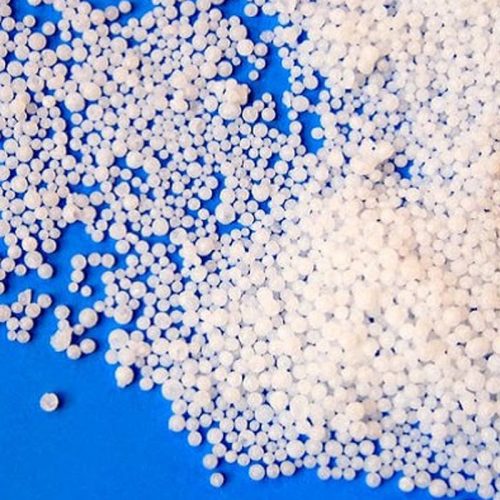
Chemical fertilizers are divided into different types based on ingredients mainly nitrogen, phosphorus and potassium, and the purpose of adding them to the soil is to compensate for the lack of element needed for plant growth.
Fertilizers are divided into three categories based on the amount of nutrients: simple, compound and mixed, which is as follows:
Simple: Simple fertilizers provide only one of the plant’s main nutrients, nitrogen or phosphorus or potassium. For example: urea, ammonium sulfate, potassium sulfate and potassium chloride.

Composite fertilizers: Composite fertilizers contain two to three main nutrients of plants in chemical composition. These fertilizers are usually produced in granular form. For example: nitro phosphate, and ammonium phosphate.
Mixtures: These are physical mixtures of simple fertilizers. Which contain more than two essential nutrients of the plant. These fertilizers are prepared by manually mixing the systems from the ingredients.

Urea, first discovered in 1773 by a French chemist, is widely used in agriculture and is known by various names such as white manure, sugar manure and… in agricultural communities. This manure is actually one of the types of nitrogen fertilizers. And is used as one of the most widely used and of course the cheapest chemical fertilizers supplying nitrogen around the world. Urea fertilizer is water soluble and hydrolyzed in soil to ammonia and dioxide.
In the agricultural sector, urea fertilizer is available in spherical (bullet-like) form in granular and peril models, the biggest difference between the two types is in the dimensions and size of urea fertilizer. The grain size is usually 2 to 4 mm in granular urea fertilizer and 1 to 2.4 mm in peril urea fertilizer. It should be noted that in both granule and peril models, the percentage of nitrogen present is 46%.